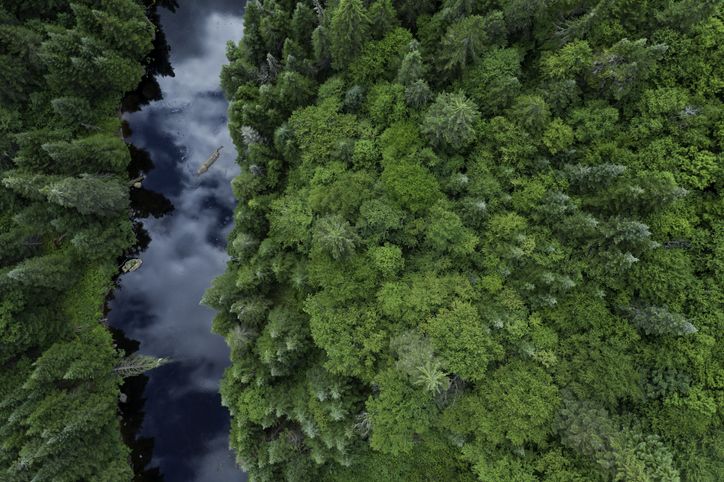Almost $1.9trn – that’s the amount Moody’s Investors Service says is at stake as biodiversity loss intensifies nature-related risks.
With financial markets currently under siege, concerns about biodiversity probably aren’t the first thing that comes to mind for panicked investors. But the long-term ramifications of a depleted natural world are potentially devastating.
High-risk sectors such as coal and metals mining, as well as oil and gas exploration and production, will likely face greater regulatory and investor scrutiny as every day passes. Companies that lack credible management strategies in this arena face the prospect of not only reputational damage, but also serious financial repercussions, Moody’s wrote in a 14-page report.
“Risks such as ecosystem health, biodiversity loss and natural resource management are rising up the policy and investor agenda,” said Rahul Ghosh, managing director of environmental, social and governance issues at Moody’s.
The Moody’s report jibes with recent research on the dangers of biodiversity loss. In a report published last year, the World Bank outlined the potentially devastating consequences of inaction from an “unprecedented” decline in biodiversity, with roughly 1 million animal and plant species at risk of extinction.
And the World Economic Forum has estimated that roughly half of global gross domestic product, or about $44trn worth of economic value, depends on the natural world in some way, meaning its destruction represents an enormous financial loss.
Unlike universal measures for gauging greenhouse gas emissions, there are no ready equivalents for gauging nature-related risks, Moody’s said. As a result, many of the relevant factors for understanding these risks are particular to different biomes, which makes the measurement of nature-related dangers and opportunities especially challenging.
There are nine sectors with almost $1.9trn in rated debt that have “high” or “very high” inherent exposure to natural capital. These industries, which include coal mining and oil and gas exploration, may disrupt natural systems, leading to possible “material financial costs” for these companies.
Companies that are dependent on “ecosystem services,” such as protein and agriculture, are also vulnerable. In fact, forestry, agriculture, fishing and tourism are among the sectors most at risk. Additionally, Moody’s said its “environmental heat map” identified another 24 industries with $9.6trn of debt that have “moderate exposure” to natural-capital risks.
Most investors and intermediaries are only just beginning to include nature-related risks in their assessments. The Paulson Institute estimates the market for biodiversity investments may reach as much as $93bn by 2030, up from about $4bn in 2019. That would follow a similar trajectory to other environmentally-labeled products like green bonds, which had sales of more than $500bn last year, little more than a decade after the first one was issued.
Natural capital commonly refers to the fundamental “assets” of the natural world—land, air and water—and from an economic perspective, a range of ecosystem services that are essential for supporting life. For example preserving forests, wetlands and coastlines is key to providing protection from flooding, while deforestation can exacerbate the effect of drought. Conversely, natural capital preservation and restoration can also slow the impact of global warming, as in the case of carbon sinks like forests and oceans.
Moody’s said there are two interrelated methods that it considers when weighing natural capital risks. The first is the impact companies, governments and other entities have on natural systems that can lead to direct and indirect loss of revenue. The second is how dependent these entities are on ecosystem services such as goods and materials that are derived from natural capital.
And the risks just keep on growing.








